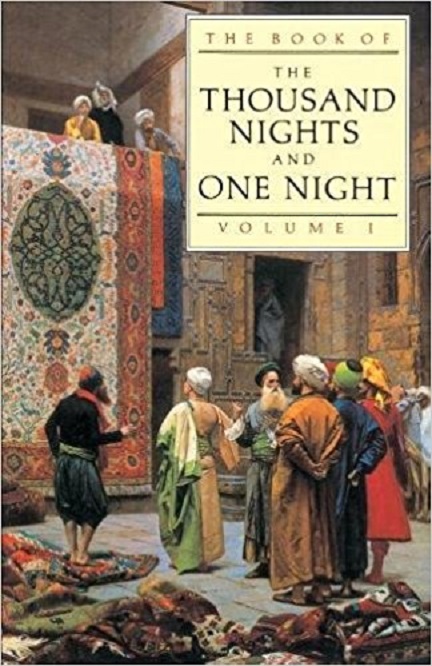In the original version of "1001 nights" there are only 300 tales
The book "Thousand and One Night" is on the list of the 100 Best Books of All Time and Peoples. Her stories were basic for many plays, ballets, movies and theater performances. And that is precisely in our 21st Century with this great book, related to the fairy tales of the Scheherazade, a scandal - the German art-and-Arabian and Arabic Claudia From came out with a publication stating that in the kind that we know so far the book "Thousand and One Night", it was forgery? What is the story of the printed edition: As early as the 18th century, French expert on eastern art Antoine Galan began translating the Arabic collection of short stories and translating it into French. The book conquers its exotic eroticism and the West literally crazes on "Thousand and One Night." The book is still considered a literary hit today.
Galan's text is perceived as a source, and many countries are starting to de facto translate his ... translation. Over time, however, there are also translators who do not fully trust Galan and decide to drink water from the spring - they look for the original. New translations of "Thousand and One Nights" from Arabic appear. And only then is it understood that the popular stories in Europe are not at all in the original text? However, no one before Claudia Ot dares to make a problem of this. Here's what the Arabist says: First, there are not 1001 fairy tales in the book. In the original, they were no more than 300. Galan obviously wanted the 1001 to emphasize that it was "a lot of fairy tales." But further, according to Claudia From, he had distorted a lot of storylines by commercially putting in them in larger doses of eroticism and exotics. Some of Galan's stories were straightforward. Among the tales of the Sheherazade, she thought, there were arousing the stories of Aladdin and Sindbad. In a nutshell, says Claudia From, "with some Arabic tales, the Muslim world is introduced only after the translation of Galan." And she gives an example with the mystification of Ali Baba and the four robbers. According to experts, "Thousand and One Nights" is not just a monument to Arab literature, but a kind of evolution of the Persian book "Thousand Tales" and of Indian culture stories. Sheherazazda is an Iranian character. In the collection are developed the adventures of Caliph Harun ar Rashid. Besides, it is hardly Ganan's guilt, because with time each nation somehow "added" something. For example, when the book arrived in Egypt, the Arabs in the area added their stories. So the collection has undergone a real global evolution. He constantly changed it and wrote it on the principle of folklore. Is there any credibility in the book, then ?, would any reader ask. According to many connoisseurs, the exact translation of the collection is a valuable document about the peculiarities of life in the Muslim world until the beginning of the 16th century.
Still, many literary critics say, "Thousand and One Nights" is a "spectacular deception built on fables but fictions that teach us the good!" This is also the "alibi" of the "deceived" book that still conquers the minds and hearts of thousands of people around the world. As a weakness of the stories, European experts point to the hyperbole of the Power of Fate. Typical of the Muslim world, everything is predetermined by Fate, everything is at the will of Allah, and very little - in the effort of man. In the translation of Claudia From, there are not even two kings brothers. Her hero is an Indian king, a self-loving beauty who constantly asks his subjects whether they like him. The stories are far more different than the ones in the Galan translation, and for some - quite boring, but the Arabist claims the closeness to the original. Though, in fact, as you can see - no one can say for sure who he is?
